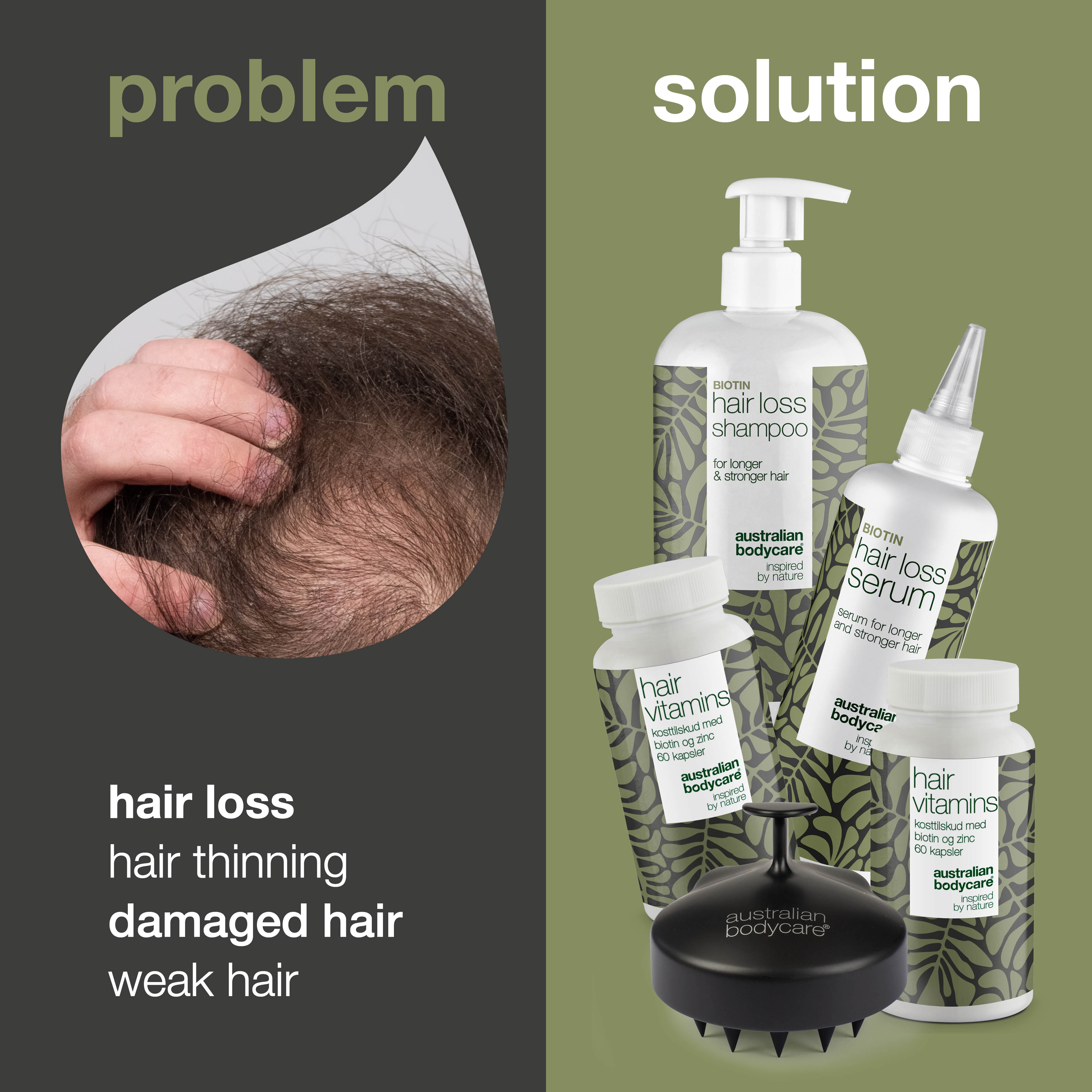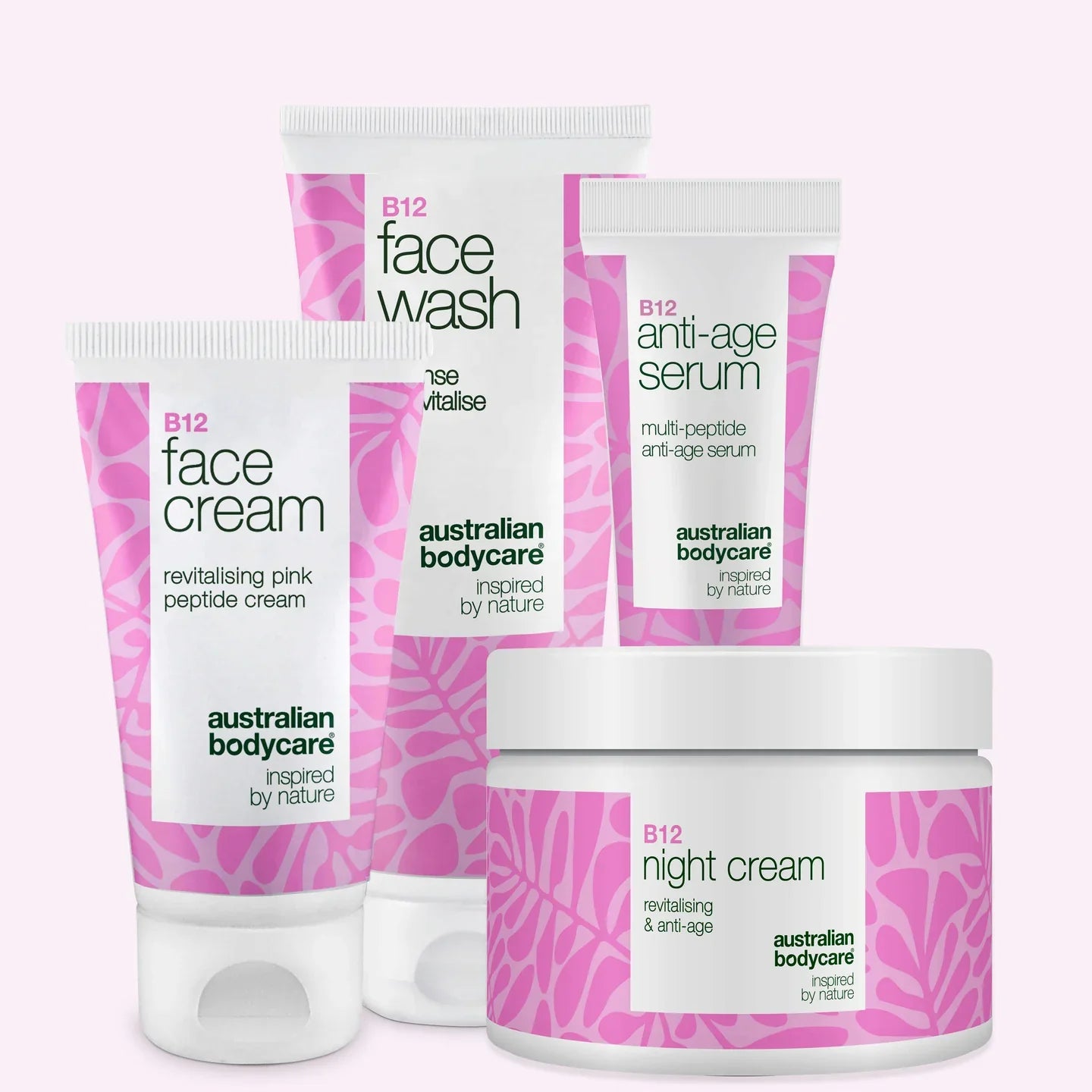Bald spot on head - alopecia areata and its causes
Bald spot on the head, also known as alopecia areata, is a hair disorder that often causes sudden and bald spot on the head or other parts of the body. This condition can be emotionally distressing as it affects our appearance and self-confidence.
In this guide, we will explore bald spot on head in more detail, including its causes, symptoms and treatment options. Our aim is to provide you with information and support for dealing with this condition.
Table of contents
What is bald spot on head and alopecia areata?
Alopecia Areata, also known as bald spot on the head, is an autoimmune disease that leads to sudden hair loss. In this disease, the immune system mistakenly attacks the hair follicles and disrupts their normal growth. This leads to hair loss in round or oval areas on the scalp or elsewhere on the body.
The exact cause of Alopecia Areata is not fully understood, but both genetic and environmental factors are thought to play a role. The condition can occur at any age and affects men and women equally.
If you want to know more about hair loss in men or women, take a look at our guides.
The symptoms of alopecia areata range from small, bald patches on the scalp to more extensive hair loss. Although the condition is not painful and does not usually affect physical health, it can have a significant impact on self-esteem and quality of life.
Alopecia areata cannot be cured, although the hair loss is typically not permanent. However, some bald spot on the head treatments can help hair grow faster.
Types of alopecia areata
There are different types of alopecia areata, including
- Alopecia Areata (AA): This is the most common form and results in round or oval bald patches on the scalp or other hairy areas of the body.
- Alopecia Totalis (AT): In this form, all the hair on the head is lost, including the eyebrows and eyelashes.
- Alopecia Universalis (AU): This is the most severe form, in which all body hair, including the hair on the head, face and body, falls out.
The different types of Alopecia Areata can vary in their severity and the areas of the body affected. The exact form that a person will develop is often difficult to predict.
Facts
Here are some important facts about bald spot on the head:
1. autoimmune disease: bald spot on head is an autoimmune disease in which the immune system mistakenly attacks the hair follicles and causes hair loss.
2. sudden onset: The disease can appear suddenly and lead to round or oval bald patches on the scalp.
3. no cure: There is currently no cure for bald spot on head, but various treatments can help restore hair growth.
4. stress and genetics: stress can be a trigger for the onset of the condition, and there is also a genetic predisposition to bald spot on the head.
5. non-contagious: bald spot on the head is not contagious and cannot be transmitted through contact with an affected person.
Who is affected by bald spot on head?
Bald spot on the head can affect people of all ages, genders and ethnic backgrounds. This condition can occur in children, teenagers and adults. It is important to note that bald spot on head is not caused by poor hygiene or lack of care, but is an autoimmune disorder.
There appears to be a genetic predisposition to developing bald spot on head, as people whose family members have the condition have a higher risk of developing it too. The condition can occur sporadically or, in certain cases, run in families. Those affected should be aware that they are not alone and can seek medical help to help them cope with the condition.
Alopecia Areata and its causes
The exact causes of bald spot on the head, also known as alopecia areata, are not fully understood. However, it is an autoimmune disease in which the immune system mistakenly recognises the hair follicles as a threat and attacks them. This causes the hair to fall out and bald patches to develop on the scalp or other hairy areas of the body. Several factors can increase the risk of this condition:
1. genetic predisposition: There is evidence that bald spot on thehead tends to run in some families. If family members have the condition, there is an increased risk of also developing it.
2. autoimmune reaction: Most researchers believe that alopecia areata is triggered by an autoimmune reaction in which the body's immune system views healthy hair follicles as foreign and attacks them.
3. stress: Some studies suggest that stressful life events or psychological stress can favour the occurrence or worsening of alopecia areata.
4. other autoimmune diseases: People who already suffer from other autoimmune diseases, such as thyroid disease or vitiligo, have a higher risk of developing bald spot on the head.
5. infections: In rare cases, a viral infection can stimulate the immune system and trigger the development of alopecia areata.
It is important to note that the exact causes and triggers of bald spot on the head can vary from person to person. Understanding the underlying mechanisms of the disease is the subject of ongoing research.
Symptoms
The symptoms of bald spot on head can vary from person to person and often depend on the severity of the condition. Typically, alopecia areata begins with the appearance of small, round or oval bald patches on the scalp or other hairy areas of the body. Here are five common symptoms:
1. bald patches: The most obvious symptom is hair loss that occurs in circular or oval areas. These bald patches may increase in size over time or new patches may appear.
2. hair loss in a short period of time: In some people, hair loss can be significant in a short period of time, resulting in noticeable bald patches.
3. hair loss on the scalp: In some cases, hair loss can be so advanced that it results in complete baldness on the scalp. However, this is rather rare and occurs in more severe forms of the disease. This form is known as alopecia totalis.
4. changes in the nails: Sometimes changes can occur in the nails, such as dents, ridges or discolouration. However, this is not the case for everyone affected.
5. itching or burning: Some people may experience mild itching or burning on the scalp in the affected areas.
6. hair loss all over the body: In rare cases, alopecia areata can not only affect the scalp, but also cause hair loss on other hairy parts of the body such as the eyebrows, eyelashes, arms, legs or in the beard growth area. This type is then referred to as alopecia universalis.
7. Recurrent episodes: Alopecia Areata often occurs in episodes, where symptoms can appear, disappear and then reappear. This makes the disease unpredictable for many sufferers.
Diagnosis
bald spot on head is usually diagnosed by a dermatologist or dermatological surgeon. The process of diagnosis can involve several steps.
It often begins with a detailed medical history, where the doctor asks questions about the patient's medical history, family history of hair loss and previous hair problems. This helps to better understand the symptoms and rule out other possible causes of hair loss.
A thorough physical examination of the scalp and possibly other affected areas of the body is then carried out. The doctor will check the bald patches for size, shape and distribution.
In some cases, a trichoscopy may be performed. This is an examination in which a special microscope is used to examine the hair follicles and scalp in more detail. This can help to confirm the diagnosis and determine the severity of the condition.
It is also important to rule out other possible causes of hair loss, such as thyroid disease or infection, before considering a diagnosis of alopecia areata.
Depending on the results of these diagnostic procedures, the doctor may make a diagnosis of alopecia areata and discuss appropriate treatment options and plans with the patient. It is important to note that the diagnosis of bald spot on the head requires professional medical judgement and should not be made independently.
Alopecia Areata treatment
The treatment of bald spot on the head depends on the individual situation and severity of the condition. There are various approaches to alleviate the symptoms and promote hair growth, but there is no universal cure.
A dermatologist will recommend the appropriate options depending on the case. Common treatment options include the use of topical corticosteroids, topical immunotherapy, anthralin, immunomodulators, laser therapy and in some cases hair replacement solutions.
The effectiveness of these treatments varies from person to person and it may take some time to see results. Working closely with a doctor is crucial to plan and monitor the best steps for the individual situation.
Tips for regrowing hair with alopecia
If you suffer from alopecia areata and are looking for ways to promote hair growth, there are a few tips that can help you:
1. regular scalp massages: massage your scalp gently with your fingertips on a regular basis. This can promote blood circulation to the scalp and stimulate hair growth.
An alternative to your fingertips can be a scalp brush, such as the one from Australian Bodycare. The scalp brush can be used to massage the scalp daily and you can use it on both wet and dry hair.
2. nutritional supplements: Taking nutritional supplements can be seen as a support for hair growth. They also provide nutrients in the form of vitamins and minerals. With the biotin capsules for healthy and beautiful hair, you can support your hair naturally and counteract hair loss. We recommend supplementing them with the products from the hair loss kit.
You can find more information about hair vitamins in this guide.
3. shampoo and conditioner for hair loss: If you notice thinning hair or a receding hairline, you can support your hair growth with natural hair care products. These should not irritate your scalp under any circumstances. Australian Bodycare offers you a shampoo and conditioner with natural ingredients that you can use in the event of hair loss.
It is advisable to use the shampoo every time you wash your hair. The shampoo can be used if you wash your hair every day. Apply the shampoo to wet hair and scalp and leave it on for 2-3 minutes before rinsing it out. Most hair needs to be cleansed after washing with shampoo.
The conditioner is especially important for people with hair loss, thinning or damaged and thin hair. The conditioner nourishes the hair, making it appear healthy and well-groomed and making it more resistant to breakage. Apply the conditioner to wet hair and leave it on for two minutes before rinsing it out. Your hair will be easy to comb through and remain soft and shiny.
4. support for eyelashes and eyebrows: If you want to strengthen your eyebrows and eyelashes, we recommend using castor oil. Castor oil is a strong oil that is easy to apply. If you want to apply castor oil to your eyelashes or eyebrows, put a small drop on your finger and gently apply it along the upper lash line and eyebrows. The oil should be applied in the evening so that it can work overnight.
5. protect your head from sunlight: Protecting the scalp from the sun's rays is one of the hair's most important biological functions. UV radiation on the scalp with alopecia areata not only increases the risk of skin cancer, but also makes it more difficult for alopecia to grow back. For example, wear a scalp protector such as a cap or sun hat when you are outside in the sun for long periods of time.
Lifestyle and care tips
Managing bald spot on head requires not only medical intervention, but also a conscious adjustment of lifestyle and grooming routine. Here are some helpful tips:
- Reduce stress: stress is known to exacerbate hair loss. Try relaxation techniques such as meditation, yoga or deep breathing to reduce stress.
- Healthy diet: A balanced diet rich in protein, vitamins and minerals can support hair growth. Think of foods such as eggs, fish, green vegetables and nuts.
- Gentle care: Use mild hair care products and avoid excessive heat and styling products that can stress the hair.
- Gentle hairstyles: Consider gentle hairstyles such as loose braids or ponytails to avoid hair breakage.
Conclusion
In this guide, we have discussed bald spot on thehead, also known as alopecia areata, in detail. We looked at the different types of this condition and discussed some important facts about it. We also looked at who can be affected by bald spots on the head and the possible causes of this condition. The symptoms of alopecia areata have been detailed to help sufferers recognise the signs and get a timely diagnosis.
The treatment options for bald spot on the head were discussed, emphasising that no one method is equally effective for everyone. Finally, we give you valuable tips on regrowing hair with alopecia and ideas for lifestyle and care tips.
It is important to emphasise that alopecia areata is a complex condition and the effects can vary from person to person. If you or someone you know is affected by this condition, it is advisable to consult a professional to get the best possible support and treatment. Many people also seek support in self-help groups to help them deal with the condition and other types of hair loss in the best possible way.
FAQ
How does alopecia areata manifest itself?
The condition often manifests itself as bald patches on the scalp, but can also affect other hairy parts of the body such as the eyebrows, eyelashes, arms or legs.
What are the main causes of bald spot on the head?
The exact causes are not fully understood, but it is an autoimmune disorder in which the immune system attacks hair follicles.
Is alopecia areata contagious?
No, alopecia areata is not contagious and cannot be transmitted through contact with an affected person.
How is alopecia areata diagnosed?
The diagnosis is usually made by a dermatologist, who examines the bald patches and carries out additional tests if necessary.
Is there a cure for alopecia areata?
There is no cure, but various treatments can promote hair growth.
What treatment options are available?
Treatment options include topical corticosteroids, topical immunotherapy, laser therapy and more, with effectiveness varying from person to person.
Can I promote my hair growth with bald spot on the head?
Yes, there are measures such as head massages, nutritional supplements and gentle hair care products that can support hair growth.
Is sun protection important for people with alopecia areata?
Yes, protecting the scalp from UV rays is important as the sun's rays can affect hair growth.
How is bald spot on head linked to stress?
Stress can be a trigger for the onset or worsening of the condition, so stress management is important.
Is alopecia areata hereditary?
There is a genetic predisposition and people with family members who suffer from the condition have a higher risk.
Can I prevent hair loss with alopecia areata?
There is no known method of preventing alopecia areata as the exact causes are not fully understood.
Can I use my usual hair care products during alopecia areata treatment?
It is advisable to use gentle hair care products and avoid excessive heat and styling so as not to put additional stress on the hair.
Are support groups helpful for people with Alopecia Areata?
Yes, support groups can provide valuable support and information to help manage the condition.
How can I boost my self-esteem with alopecia areata?
Self-esteem can be boosted by seeking professional support, sharing experiences with other sufferers and using hair care techniques.











